Ca Mau Pham Thi Dung, 42 years old, and her husband quit their job selling tea in Lam Dong to return to their hometown to start a business with wild water fern grass growing in the West, earning more than 400 million VND per year.
At the end of October, in the production area located at her house in Tan Hung Dong commune, Cai Nuoc district, Ms. Dung was busy vacuum-sealing each package of fresh vegetables to prepare for delivery to customers. Next to that was a closed room, where tons of water lily melon were made and sold throughout the provinces every month.
13 years ago, after a period of working in the Central Highlands and Saigon to sell tea and coffee, Dung invited her husband to return to her hometown to start a business because she was tired of making a living far from home. In the first days of returning, she and her husband had to stay at their parents' house to continue their old job.
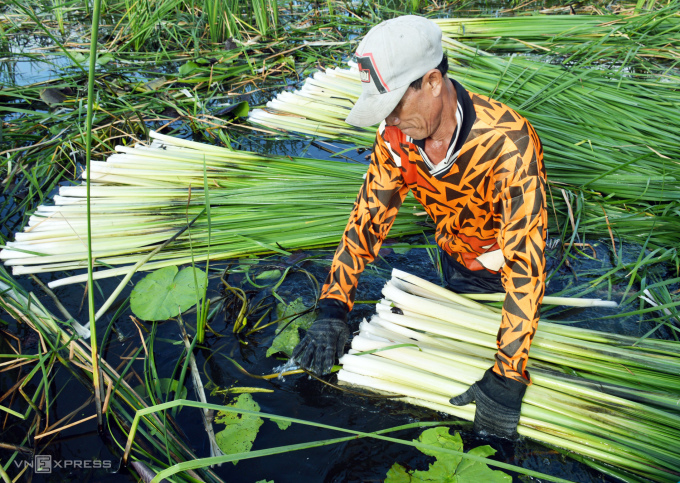
Farmers in Cai Nuoc district harvest water fern. Photo: An Minh
A year later, Ms. Dung saw that the local wild water fern plants were abundant and no one ate them, so she came up with the idea of uprooting them and processing them to sell to tourists. She and her husband rented a house near Highway 1 to conveniently sell northern tea and local specialties.
With no capital, she and her husband, Nguyen Hoang Vu, 49, had to work for their money. Every day, he woke up at 4am to go everywhere and ask homeowners to pull out the water fern plants. "At that time, this species grew wild, so no one took money. Those who had the strength would pull it out to eat or process it to sell. Each kilo was about 15,000 VND," said Vu, adding that fresh water fern plants are currently priced at 30,000-35,000 VND per kilo.
Bon bon, also known as candle grass, grows abundantly in freshwater or brackish water areas in the provinces of Ca Mau, Soc Trang, and Bac Lieu. This wild plant can be harvested year-round and is often used as a vegetable in meals. To get the standard recipe for making Bon bon pickles, Ms. Dung said it took many months of experimentation and even hundreds of kilograms were discarded because the quality was not as expected.
Tourists in Ho Chi Minh City and the Eastern provinces are quite unfamiliar with this plant, but after trying it a few times and finding it delicious, they come back to buy it. Dung and her husband sell hundreds of kilos of fresh water fern every day. Seeing the potential of this wild plant, she thought of making pickles to sell. Business is getting better and better, the couple not only bought land but also built a spacious factory.
A few years later, stalls selling products from water fern sprung up like mushrooms, and people had a significant income from exploiting local specialties. At this time, Dung and her husband had to find and buy water fern, instead of free as before. As the demand for water fern melon increased, the movement to grow this plant developed strongly. From a wild plant, water fern became a specialty of Cai Nuoc district.
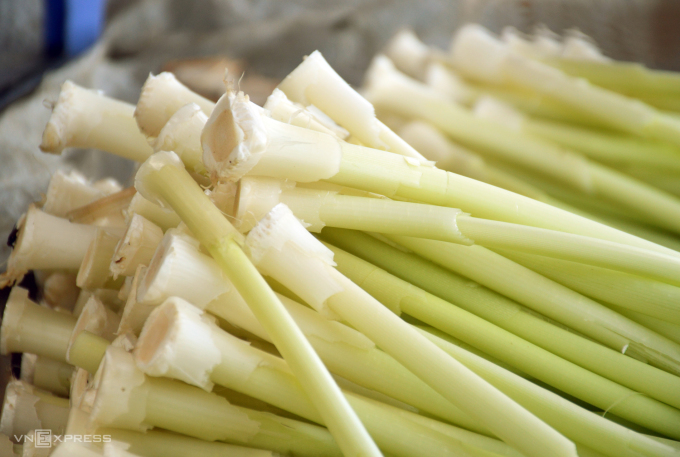
Water spinach after preliminary processing, ready to be pickled. Photo: An Minh
To ensure consistent product quality, Ms. Dung requires fresh ingredient suppliers to commit to selecting and harvesting the right-aged water fern plants and to separate the leaves immediately after harvesting. The processing area must be in a cool place, especially not to remove the water fern during the rain. "The water fern plant has a hollow core similar to a water lily, if rainwater seeps in, it will not be crispy when making pickles and will easily spoil," she said.
After many years of working in the profession, the Western woman always kept in mind to preserve the flavor of the water fern as the ancients made it, saying no to chemicals. She said she still chose the traditional way of making pickles with rice water. Later, when the production increased, she thought of a way to soak and cook the rice water to make pickles, keeping the original flavor.
According to Ms. Dung, instead of using rice water, some people choose to make pickles with vinegar, but this will lose the aroma and crunchiness of the plant. Meanwhile, using rice water to soak costs a lot of money and effort, but in return, the flavor of the plant is preserved.
After being picked, the water fern will be pre-processed to remove all the old leaves, only taking the young core at the base about 40 cm long. This part is washed with diluted salt water, drained, split in half and placed in a bag, then soaked in rice water. After 3 days, the water ferment will become pickled, and can be used for a month if kept in the refrigerator.
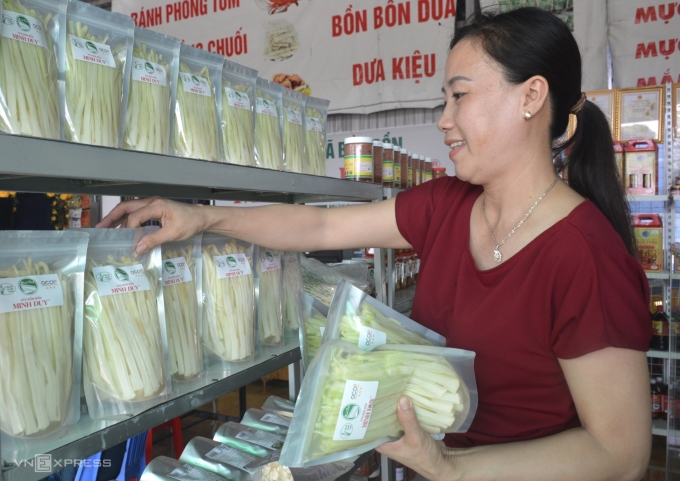
Ms. Dung researched and made the water lily melon using traditional methods. Photo: An Minh
Ms. Dung sells the finished product of the water fern at 80,000 VND per kg. Seeing the positive signs when the product is trusted by customers, she has increased the introduction and display at fairs, social networks, as well as perfecting the design. In 2021, her water fern product was recognized as OCOP (One Commune One Product - a program to develop the rural economy towards promoting internal strength and increasing product value) 3 stars at the provincial level.
A year later, Ms. Dung gathered a number of local water fern growers to form a cooperative to stabilize product quality and output. Currently, her facility exports nearly 4 tons of fresh melons and water fern to Ho Chi Minh City, Can Tho and neighboring provinces each month. After deducting expenses, the couple earns more than 400 million VND in profit each year. The facility also creates jobs for dozens of local workers who grow, harvest and process water spinach.
To develop local specialties, Cai Nuoc district is planning a project to improve the efficiency of water fern trees with an area of over 150 hectares combined with aquaculture.
An Minh
Source link


![[Photo] Looking back at the impressive moments of the Vietnamese rescue team in Myanmar](https://vstatic.vietnam.vn/vietnam/resource/IMAGE/2025/4/11/5623ca902a934e19b604c718265249d0)



![[Photo] "Beauties" participate in the parade rehearsal at Bien Hoa airport](https://vstatic.vietnam.vn/vietnam/resource/IMAGE/2025/4/11/155502af3384431e918de0e2e585d13a)

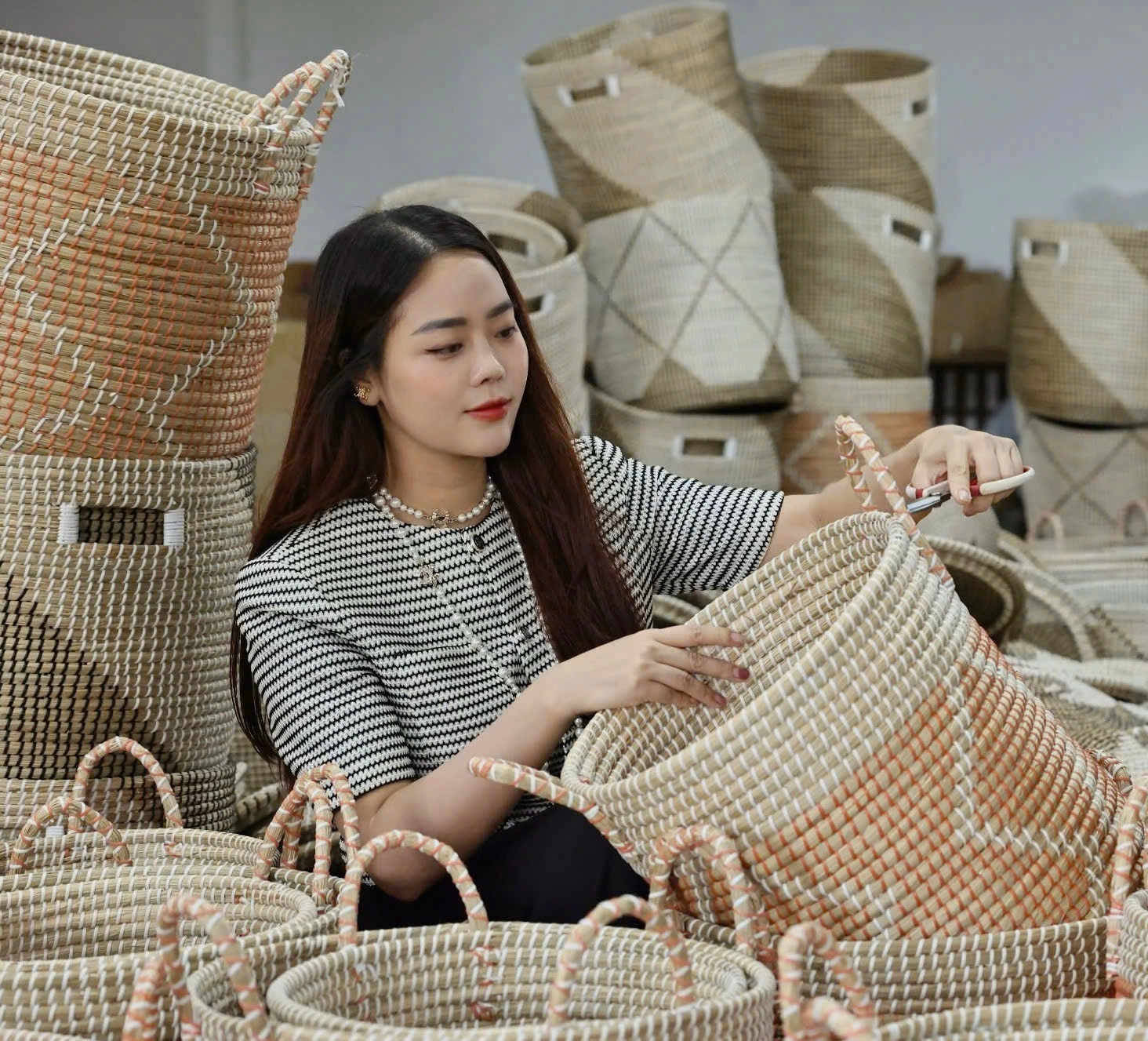

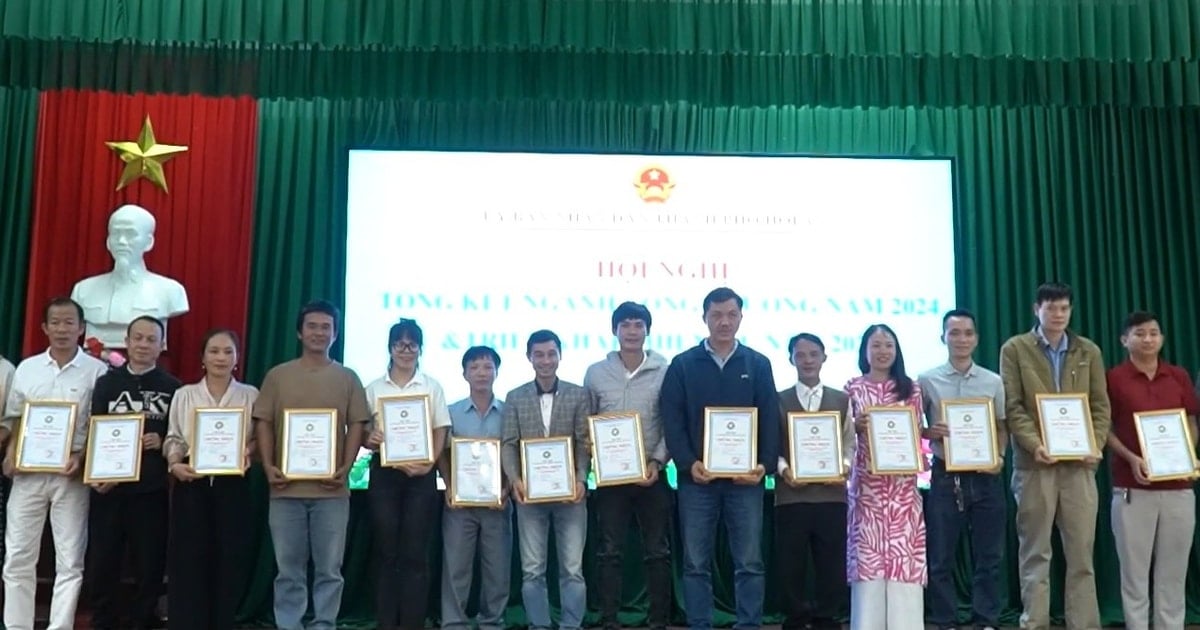

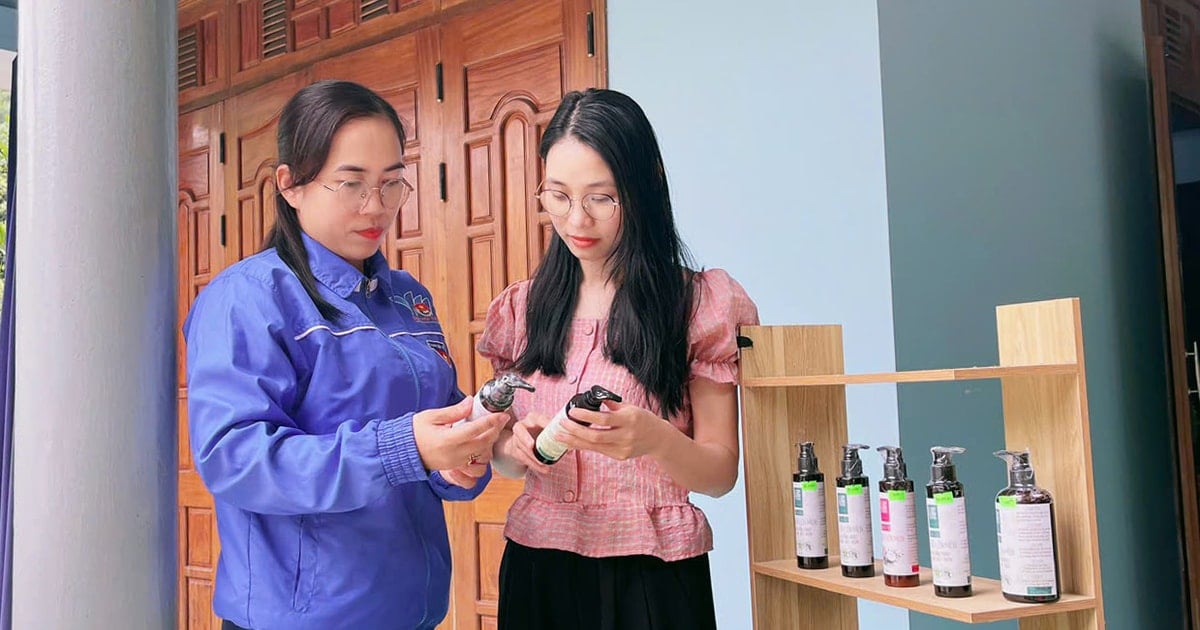




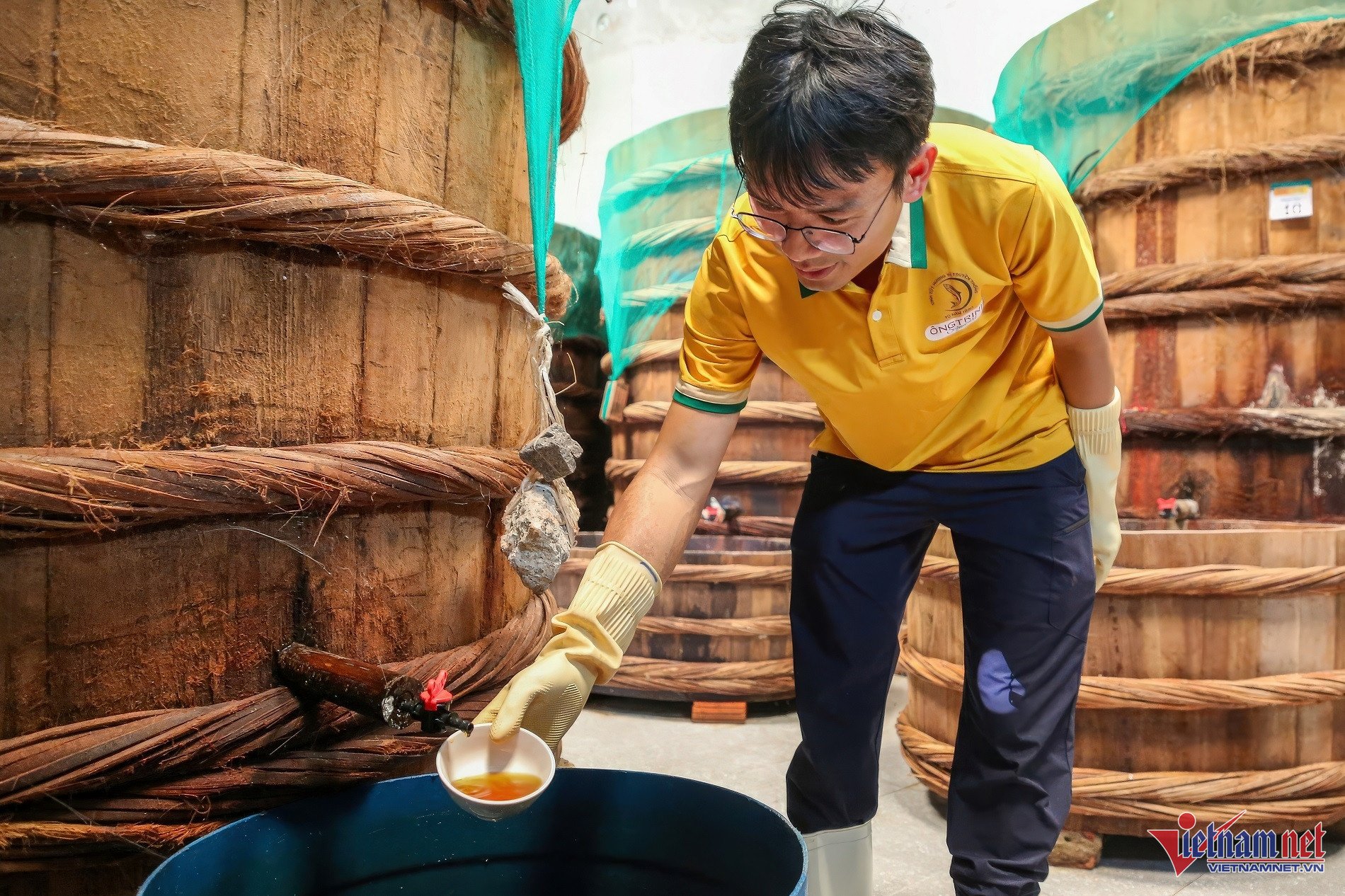






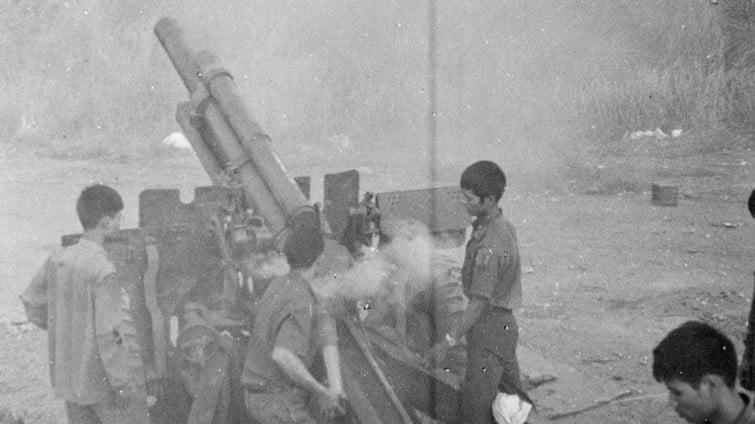








![[Photo] Summary of parade practice in preparation for the April 30th celebration](https://vstatic.vietnam.vn/vietnam/resource/IMAGE/2025/4/11/78cfee0f2cc045b387ff1a4362b5950f)




































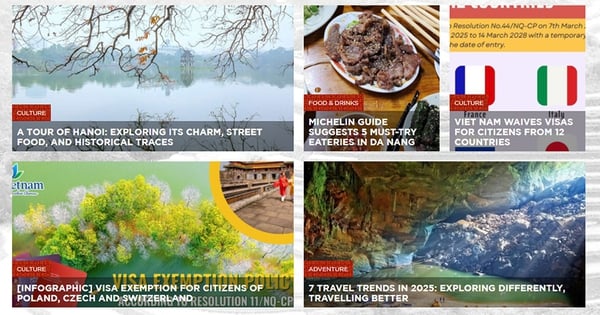



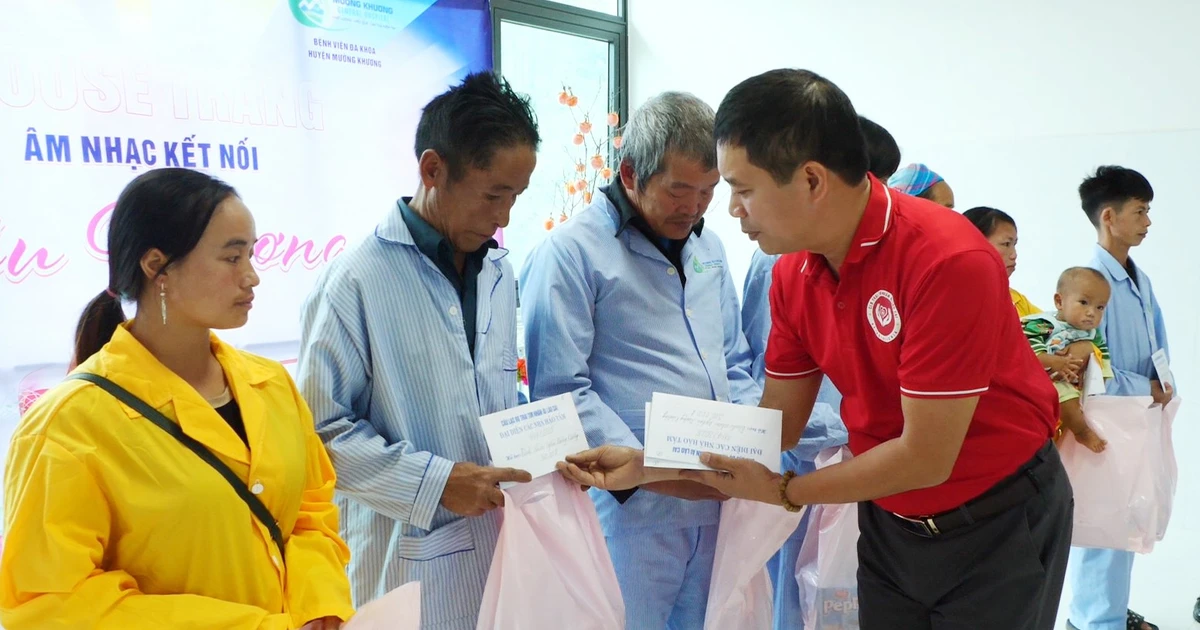

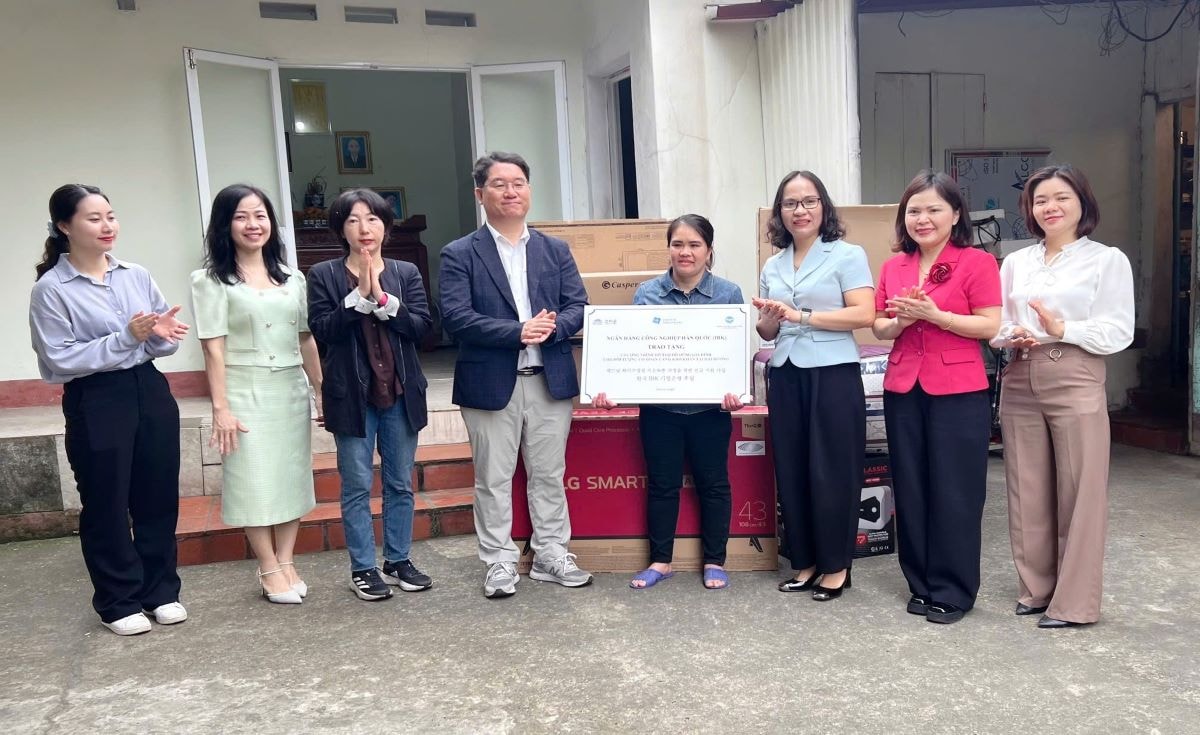



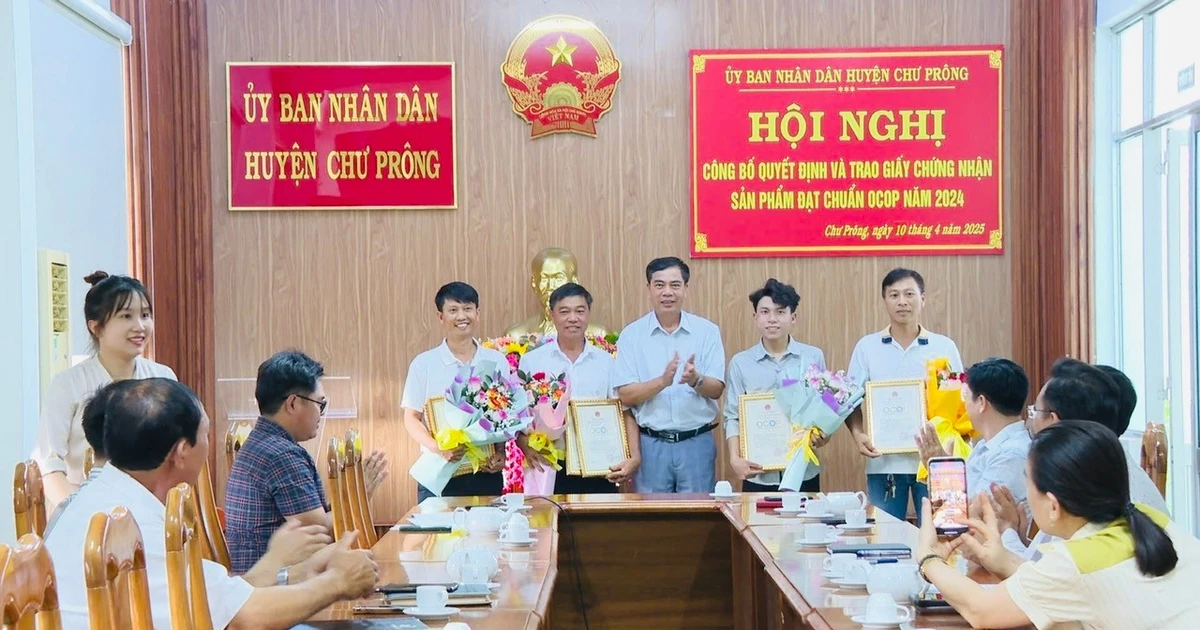












Comment (0)